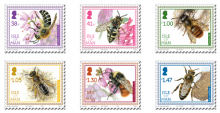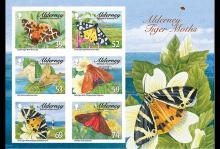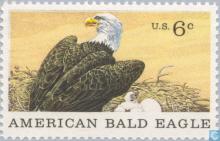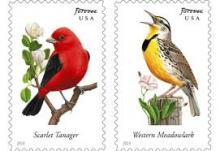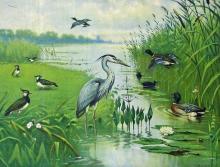Genetic engineering is now applied to more than 90% of US corn, soybeans, and cotton acreage
Herbicide-tolerant (HT) crops, developed to survive application of specific herbicides that previously would have destroyed the crop along with the targeted weeds, provide farmers with a broader variety of options for effective weed control. Based on USDA survey data, HT soybeans went from 17 percent of U.S. soybean acreage in 1997 to 68 percent in 2001 and 94 percent in 2014. Plantings of HT cotton expanded from about 10 percent of U.S. acreage in 1997 to 56 percent in 2001 and 91 percent in 2014. The adoption of HT corn, which had been slower in previous years, has accelerated, reaching 89 percent of U.S. corn acreage in 2014. Insect-resistant crops containing the gene from the soil bacterium Bt (Bacillus thuringiensis) have been available for corn and cotton since 1996. These bacteria produce a protein that is toxic to specific insects, protecting the plant over its entire life. Plantings of Bt corn grew from about 8 percent of U.S. corn acreage in 1997 to 26 percent in 1999, then fell to 19 percent in 2000 and 2001, before climbing to 29 percent in 2003 and 80 percent in 2014. The increases in acreage share in recent years may be largely due to the commercial introduction of new Bt corn varieties resistant to the corn rootworm and the corn earworm, in addition to the European corn borer, which was previously the only pest targeted by Bt corn. Plantings of Bt cotton also expanded rapidly, from 15 percent of U.S. cotton acreage in 1997 to 37 percent in 2001 and 84 percent in 2014.



